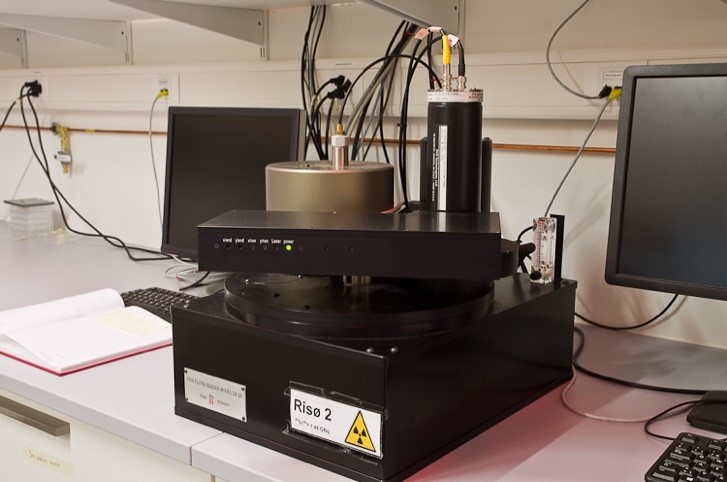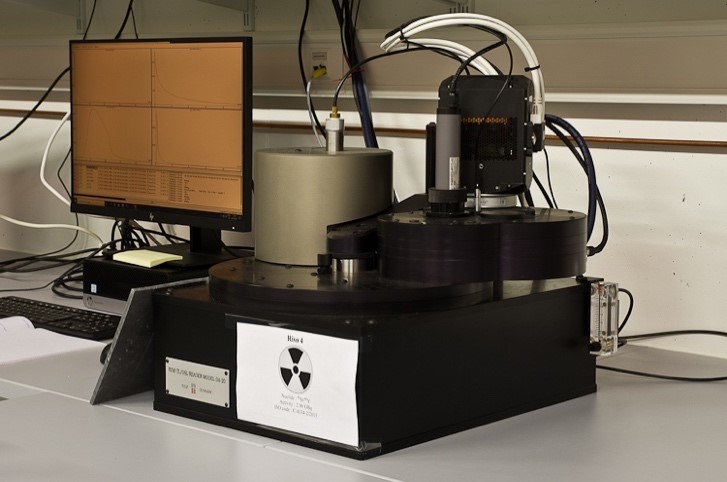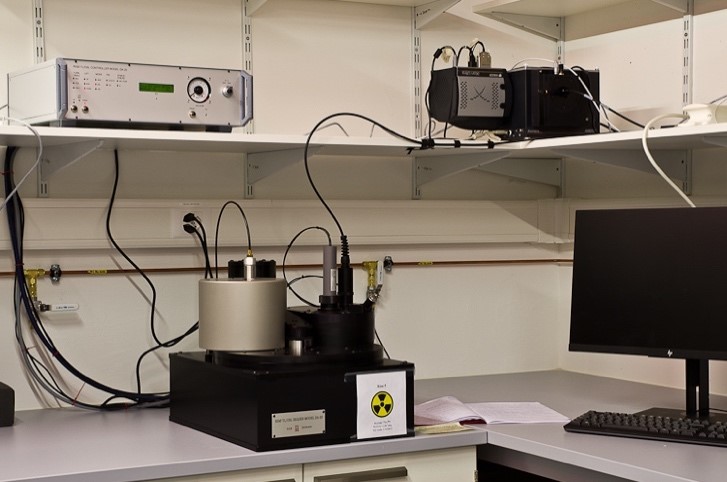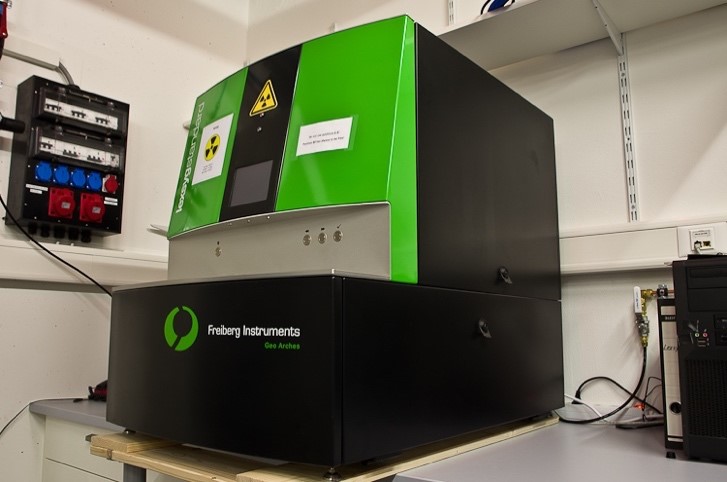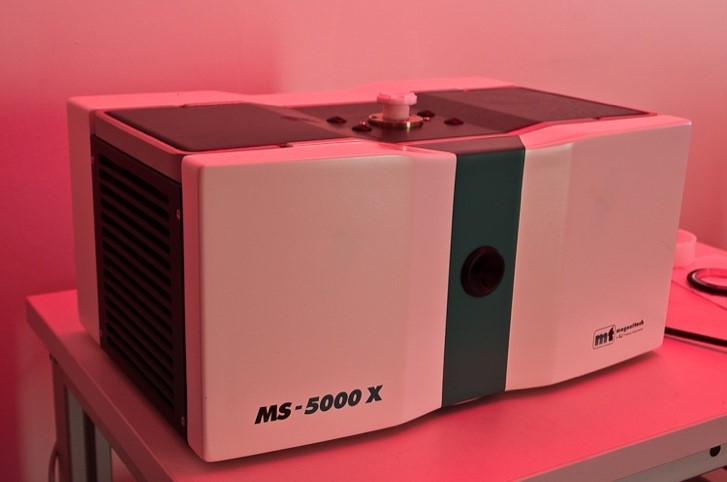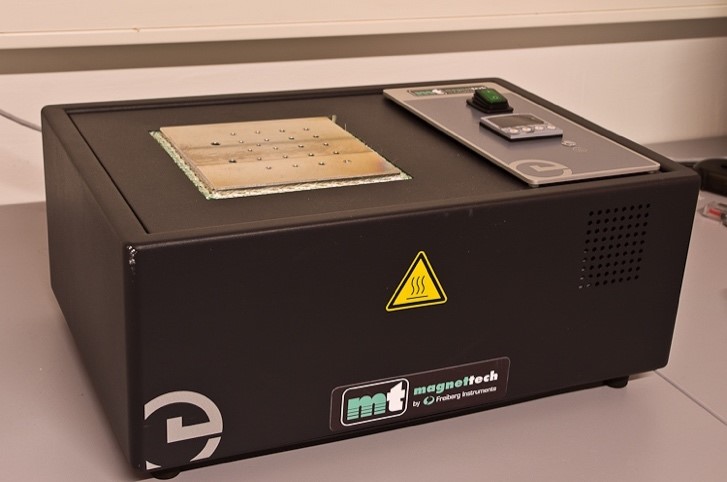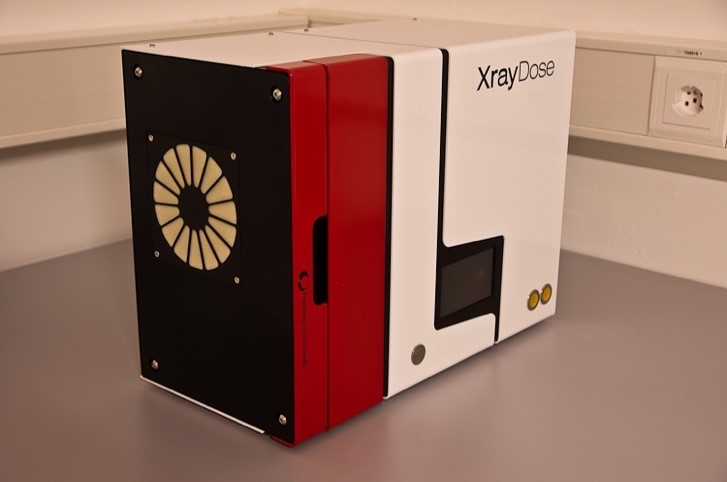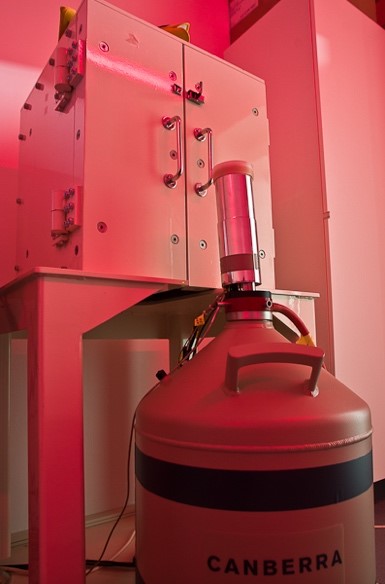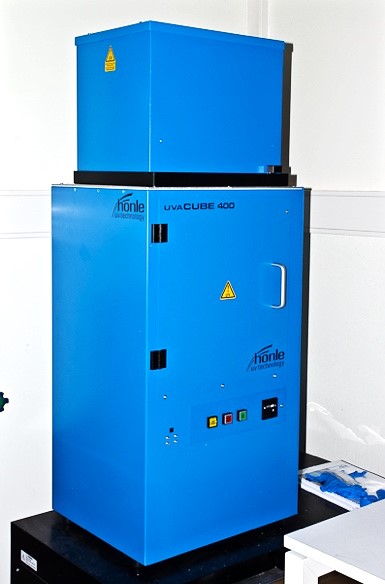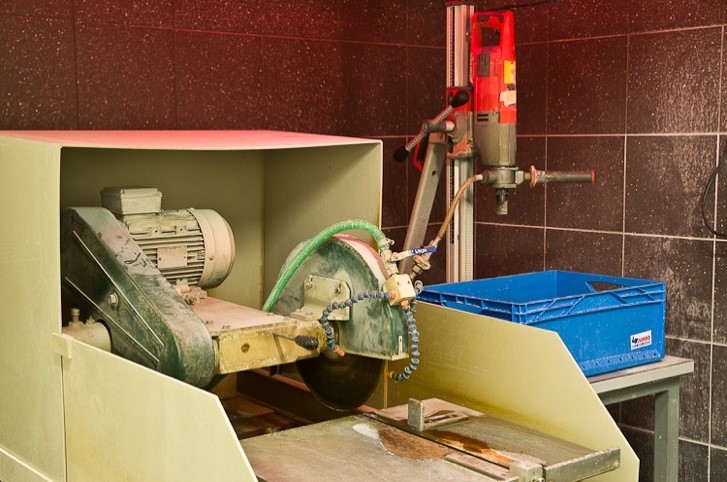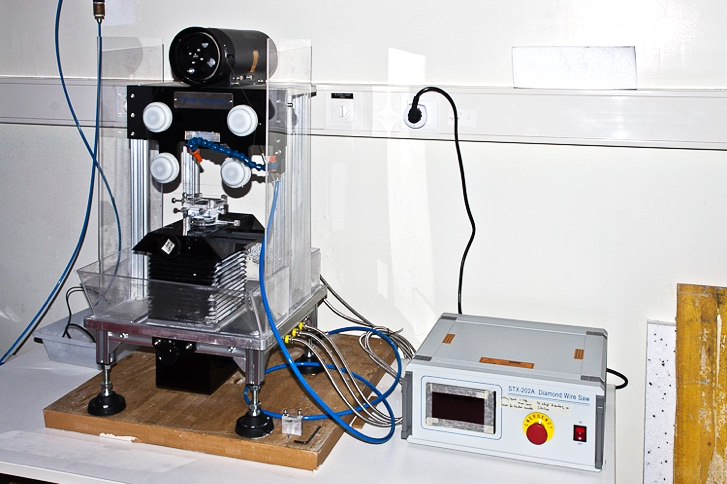Labs # 0315 and # 0530
Quartz and feldspar minerals produce thermoluminescence (TL) and optically stimulated luminescence (OSL). Both signals represent the amount of trapped charge resulting from exposure of the mineral to ionising radiation due to natural radioactivity. The intensity of specific TL and OSL signals is a function of the mineral’s prior thermal history and sunlight exposure. While in dating applications, usually the time of last sunlight exposure is determined, the luminescence signals’ sensitivity to temperature allows the reconstruction of past rock temperatures (palaeothermometry) or the cooling history of rocks in the course of exhumation (thermochronometry). Electron spin resonance (ESR) methods applied to quartz minerals detect related signals but are able to constrain higher trapped charge concentrations because of their later signal saturation. For information about the trapped-charge dating research carried out at UNIL please see here: https://wp.unil.ch/ice/research-projects/.
The trapped charge laboratory is a research laboratory, and scientific collaborations are welcome. For further information, please contact
Prof. Dr. Georgina King (georgina.king@unil.ch) and PD Dr. Christoph Schmidt (christoph.schmidt@unil.ch).
Lab # 0315 - Phone 4424
Lab # 0530 - Phone 4398
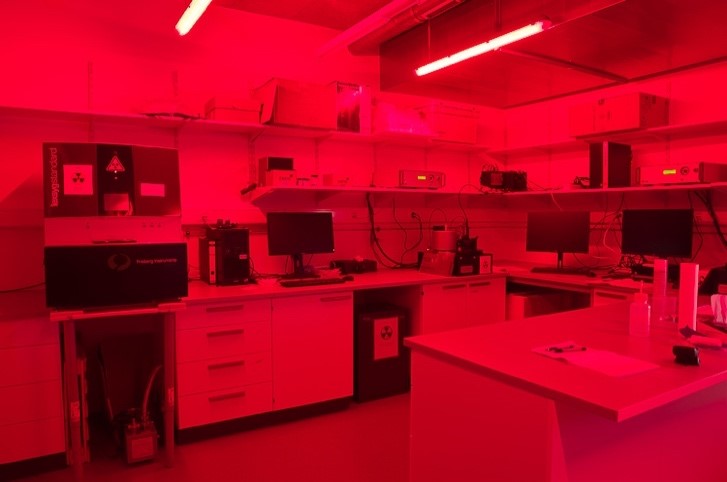
Luminescence dating laboratory

